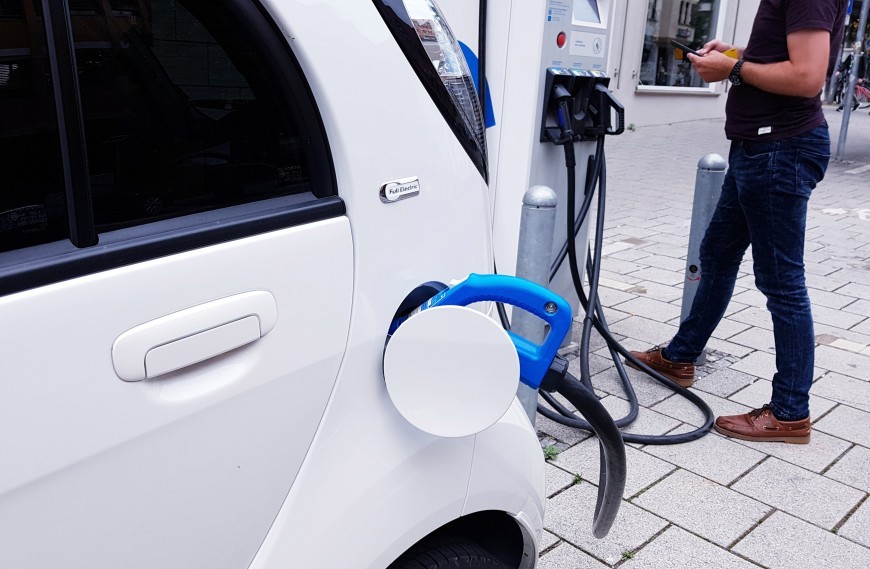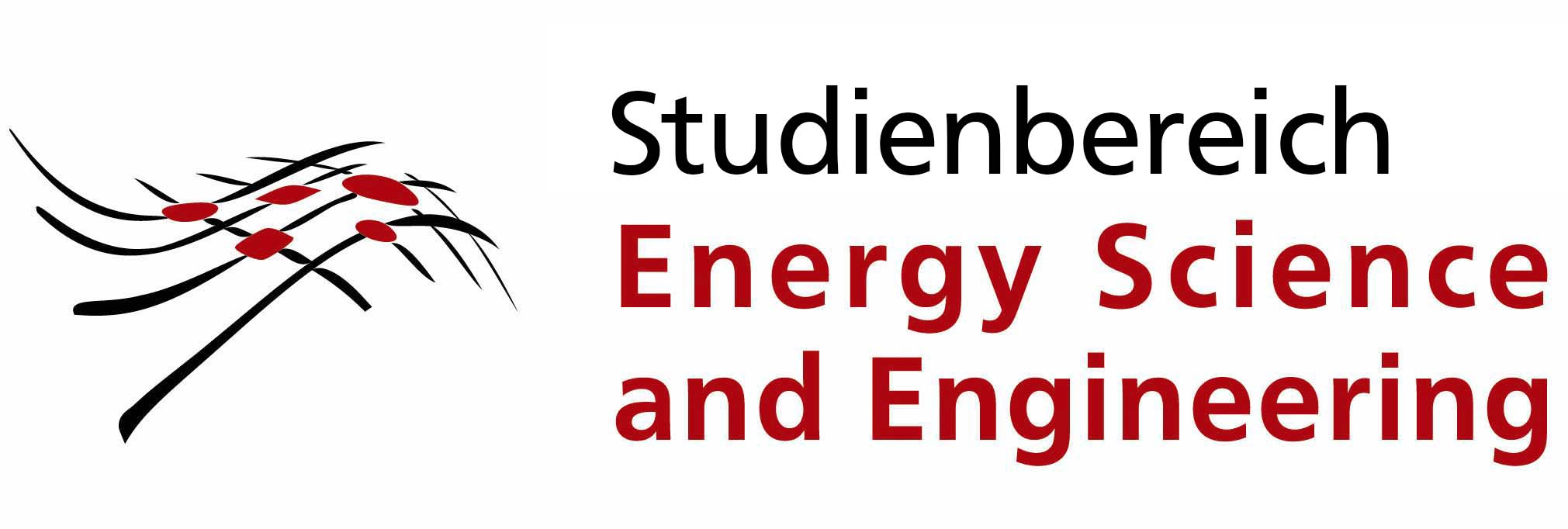Public charging points push electric vehicle adoption
Study examines influence of public charging infrastructure in Norway
2021/11/25 by Johannes Rode/sip
Good public infrastructure for charging electric vehicles can be an incentive for people to purchase electrically powered cars. This was the finding of a study by Felix Schulz and Johannes Rode, Chair of International Economics at the Department of Law and Economics, published in the journal “Energy Policy”.

The study exploits granular, annual information on the location of public charging infrastructure and the electric vehicle ownership rate across 356 Norwegian LAU-2 municipalities between 2009 and 2019. The analysis focuses on municipalities in which the first public charging infrastructure was installed back then. In these mostly rural areas, the establishment of a first public charging station initiated adoption. The results are robust to anticipatory effects. They also remain unaffected from different treatment thresholds: the median number of public chargers in a municipality between 2009 and 2019 or the median density of public charging points per 1,000 inhabitants in the same time frame. In contrast, evidence for reverse effects is weak.
While the findings may have implications for fostering the adoption of electric vehicles in other countries, this application should be attempted with care. Norway features optimal prerequisites for EV diffusion. The nation’s population is coherently wealthy and strong subsidies supported diffusion throughout the last decades. Further, Norway’s hydroelectric energy is cheap and environmentally friendly. On the other hand, given that Norway ranks among the countries with the highest home charging availability worldwide, the identified effect is likely even stronger in other countries, where fewer individuals are able to recharge at home.
The publication
Felix Schulz and Johannes Rode, 2022, “Public Charging Infrastructure and Electric Vehicles in Norway”, Energy Policy. Doi:10.1016/j.enpol.2021.112660
Before December 16, 2021, the published version is available free of charge.

